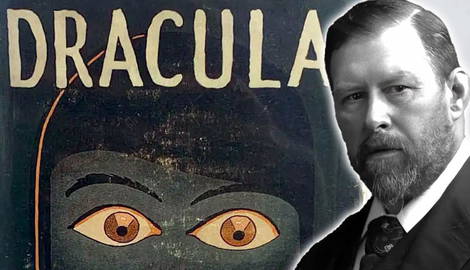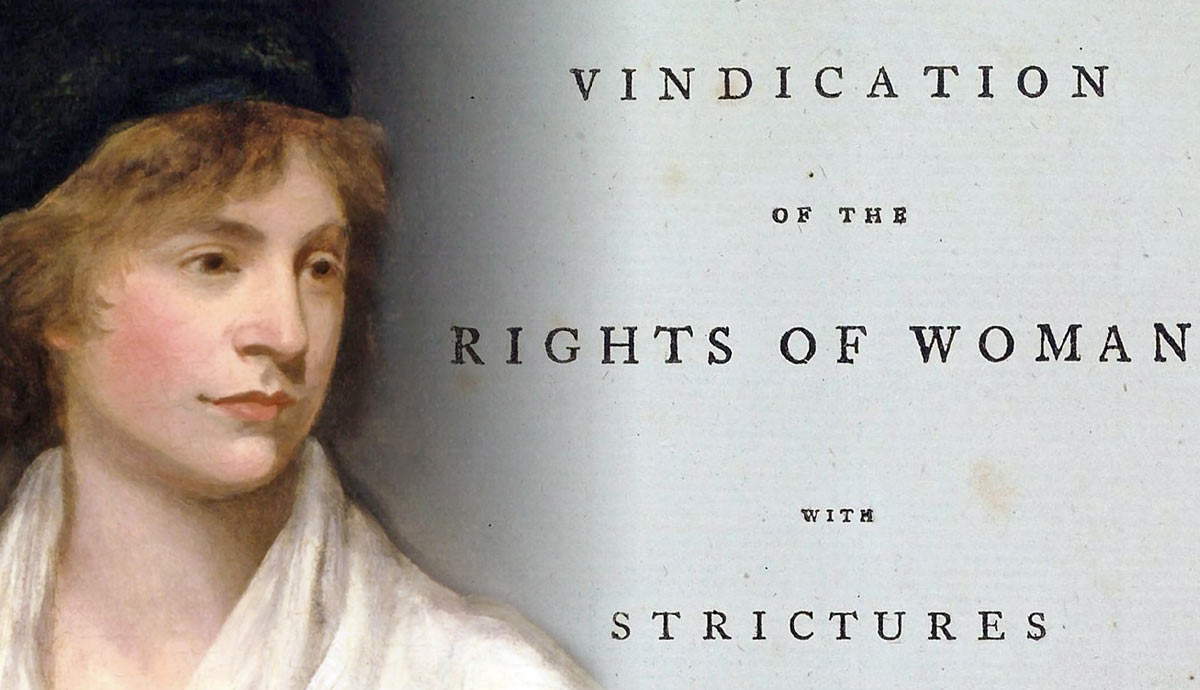
Bram Stoker’s Dracula has had such an influence on literary and popular culture that it has gained mythic status. However, its origins are rooted in methodical research, local history and a drive to memorialize moments of tragedy. Bram Stoker’s creation has many inspirations based on his life and travels.
How Was Bram Stoker Influenced by John Polidori’s The Vampyre (1819)?

Although overshadowed by the more celebrated work, Mary Shelley’s Frankenstein, another influential gothic tale was born of the ‘year without a summer’: John Polidori’s The Vampyre. Challenged by his host, Lord Byron, to craft a ghost story, John Polidori delivered a chilling vampiric tale focusing on the mysterious Lord Ruthven. Widely accepted as a prototype for Count Dracula, both characters are noblemen. This transformation of the vampire from a folkloric fiend to a suave, recognizable aristocrat has become a staple ingredient in vampire fiction ever since. Furthermore, the charming and cunning Ruthven is a continental traveler; just as Count Dracula aspires to be.
Did Sheridan De Fanu’s Carmilla (1872) Influence Dracula?

Carmilla bears many similarities to the later, more famous, Dracula. Written by the Irish writer Sheridan De Fanu in 1872, Carmilla was first serialized in the literary magazine The Dark Blue, before being published in full in a collection of short stories called In a Glass Darkly. Although little read today, Carmilla bears many hallmarks of what we’d now recognize as tropes of vampire lore. For example, the mysterious lesbian vampire Carmilla herself may have provided the archetype for the vampire women who seduce Jonathan Harker in Castle Dracula.
Furthermore, the setting establishes central/eastern Europe as a rich location for vampire fiction. Bram Stoker may also have ‘borrowed’ the stylistic, narrative feature of viewing supernatural events via the perspective of a naive narrator; the epistolary form being favored by both authors. The character of Carmilla can also be seen as an early form of Lucy Westenra in Stoker’s novel.
Did Vlad the Impaler Inspire Bram Stoker?

Vlad the Impaler is, perhaps, best remembered today for his mythic association with Bram Stoker’s Dracula. There are many features of Vlad’s life which seem to be reflected in Stoker’s work, although the influence was never officially confirmed. The most prominent one being the name Dracula. The real Vlad the Impaler, was born sometime around 1430 in the area now known as Transylvania (where Count Dracula resides in the novel). In the opening of Stoker’s novel, Jonathan Harker describes travelling through the mountainous area and hearing whispers from the locals he perceives as superstitions. Vlad’s patronymic ‘Dracul’ meaning ‘dragon’ came from his father’s membership of the Order of the Dragon.
The gruesome reputation that gave him the moniker ‘Impaler’, was the result of his frequent battles against the Ottoman empire and the cruelty he was said to exhibit toward his victims. The bloodiest occasion saw Vlad impale 20,000 men, women and children. Although there is no suggestion that Vlad the Impaler had vampiric tendencies, using his name and reputation establishes Bram Stoker’s Count Dracula as a terrifying villain with deep historical roots.
What Was the Influence of Irish History on Bram Stoker’s Dracula?

Bram Stoker was known for his private and shy nature, giving few interviews and even fewer clues as to his inspirations. However, in one interview he did reveal that the idea of a body being buried alive was one that had fueled his imagination. Furthermore, his first manuscript of Dracula was titled The Undead. Stoker’s mother had grown up in Sligo and had been a young witness to a devastating cholera outbreak that decimated the town in 1832.
As a young writer, Stoker had pressed his mother for details, showing a morbid fascination with her memories of corpses lying unconfined in the streets, mass burials and even cholera victims being buried before they’d died by overworked and traumatized nurses. Recent historians have theorized that this may have been a fundamental inspiration for Stoker’s tale where vampirism may be read as a metaphor for the deadly contagion of cholera. The fact that Dracula arrives by ship and proceeds to ‘spread’ his plague takes on a new significance when viewed through this lens.
How Was Bram Stoker Inspired by a Holiday to Whitby?

Stoker’s main career was in the theatre where he acted as a business partner to the legendary actor Henry Irving. After a particularly strenuous theatrical tour, Irving suggested Bram Stoker take a holiday to the seaside resort of Whitby, Yorkshire. Fans of Stoker’s novel will immediately recognize Whitby’s abbey as a central location, described in all its desolate glory as a ‘noble ruin’ by the novel’s heroine Mina Murray. The ruins of the Gothic abbey sit perched on a cliff side reached by 199 steps from the town. The very steps the mysterious black dog bounds up when it flees the wreck of the Demeter. In the novel, the Demeter is the vessel that transports Dracula to England to begin his spree. Stoker was inspired by the description of a real 1885 shipwreck of the Russian ship Dimitry in Whitby.
The similarity doesn’t end there as both the real and fictional ships are reported as carrying cargoes of silver sand. Furthermore, by learning about the shipwreck in a newspaper found in the local library, Stoker structures this episode in his novel via news reports and extracts from the doomed Captain’s log. Another interesting tie to Whitby can be found in the atmospheric graveyard of Whitby abbey. One of the weather-worn gravestones bears the name ‘Swales’; the name of Dracula’s first victim.










